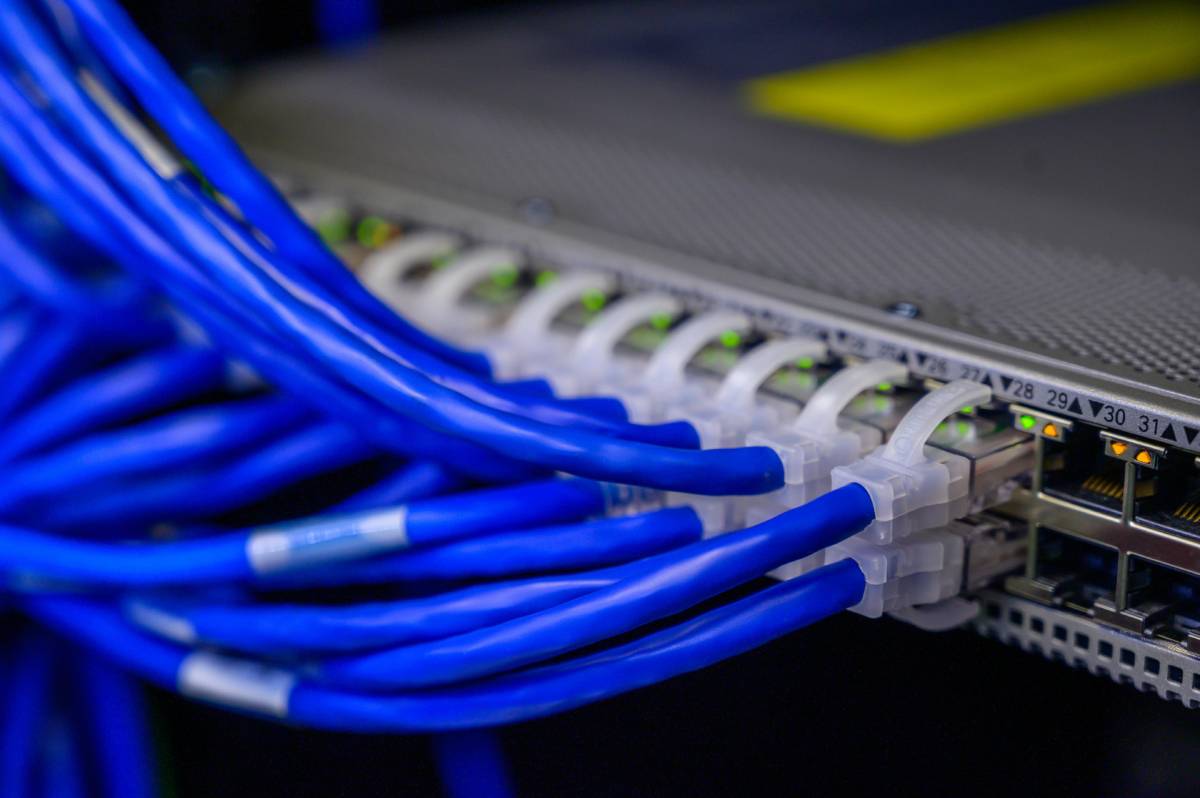Managed Switching: Best Practices for WISPs
- by ISPadmin
- 2024 / 03 / 04
- Engineering
Introduction


WISPs face the challenge of optimizing their network infrastructure for maximum efficiency. In this blog post, we’ll look into best practices for managed switching tailored to the unique needs of WISPs, ensuring seamless connectivity and reliable service delivery.
- Network Segmentation for Efficiency: Divide your network into segments based on user types, services, or geographical locations. This segmentation enhances network efficiency, improves security, and simplifies management. Managed switches allow WISPs to create VLANs (Virtual Local Area Networks) to achieve this segmentation without compromising overall network performance.
- Quality of Service (QoS) Implementation: Prioritize network traffic by implementing Quality of Service settings on managed switches. This ensures that essential services, such as VoIP or video streaming, receive priority, delivering a smoother user experience. QoS settings help WISPs maintain optimal performance even during peak usage periods.
- Remote Monitoring and Management: Opt for managed switches that provide remote monitoring and management capabilities. This feature allows WISPs to proactively monitor the health of the network, troubleshoot issues remotely, and apply updates or configuration changes without physically accessing the switches, saving time and resources.
- Link Aggregation for Increased Bandwidth: Link aggregation, or port trunking, combines multiple network links to increase bandwidth and provide redundancy. WISPs can use managed switches to aggregate links between network devices, optimizing data throughput and ensuring a more resilient network infrastructure.
- Spanning Tree Protocol (STP) for Redundancy: Implement Spanning Tree Protocol on managed switches to prevent network loops and ensure redundancy. STP automatically detects and eliminates redundant paths, preventing broadcast storms and enhancing network stability, crucial for WISPs delivering uninterrupted internet services.
- Energy-Efficient Switching: Consider managed switches with energy-efficient features. These switches can adjust power usage based on network demand, reducing energy consumption during periods of lower activity. Energy-efficient switching aligns with sustainability goals while lowering operational costs for WISPs.
- Security Measures: Prioritize network security by implementing features such as Port Security and Access Control Lists (ACLs) on managed switches. Port Security helps prevent unauthorized devices from connecting to the network, while ACLs control traffic flow based on defined rules, adding an extra layer of protection.
- Firmware and Software Updates: Regularly update firmware and software on managed switches to ensure they have the latest features, security patches, and bug fixes. Keeping switches up-to-date is essential for maintaining a robust and secure network infrastructure.
Conclusion:
In the ever-evolving landscape of wireless internet provision, managed switching practices are pivotal for WISPs to deliver reliable, high-performance connectivity. By implementing these best practices, WISPs can streamline their network infrastructure, enhance security, and ensure optimal service delivery, meeting the growing demands of their user base. As WISPs continue to play a critical role in connecting communities, adopting these managed switching practices is a key step
toward a more efficient and resilient network
Contact us here to learn more about how ISP Revolution can help you deploy with confidence – the first time
RECENT BLOG
MORE INFO
ISP Resolution © 2024 All Rights Reserved
